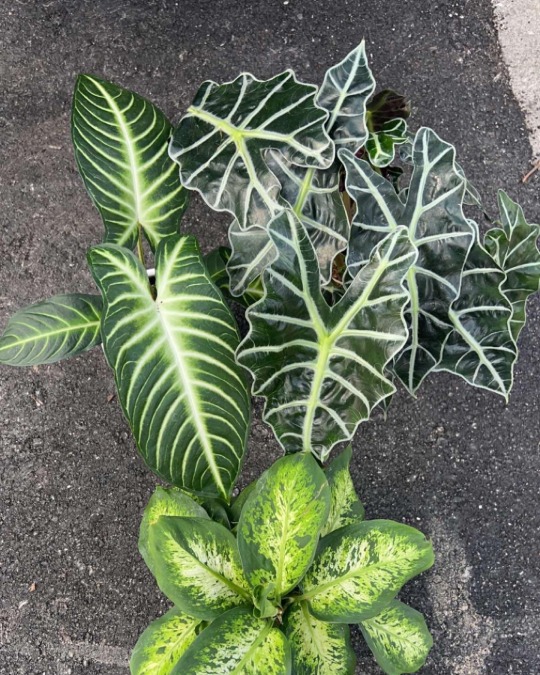#xanthosoma
Text
I switched from using tap water to distilled and my plants really seem to like it. The leaves stopped doing that “I’m dying, but only on the tips” thing that they were doing, and they look really healthy now.
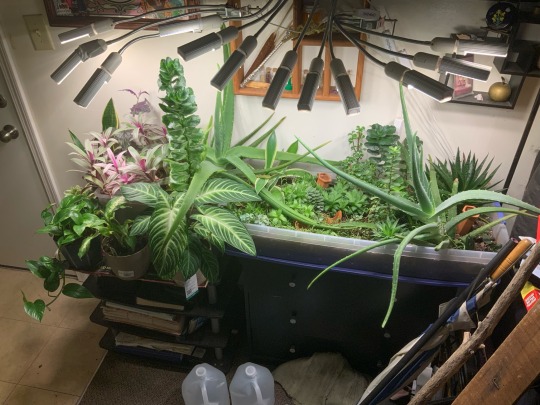
#mine#succulents#elephant ear#xanthosoma#my little nursery#some of them are still a little leggy but I genuinely have no more room for extra lights to fix that#like the purple passion is shooting up. and while I love to see it I know it could use just a little more light to get a bit bushier
2 notes
·
View notes
Photo

Got some new Xanthosoma babies 😍 • • • • #xanthosoma #plantsofinstagram #plants #houseplants #plantsmakepeoplehappy #urbanjungle #indoorplants #houseplantclub #houseplantsofinstagram #plantlover #monstera #plant #indoorjungle #plantstagram #plantlife #aroidaddicts #plandad #plantaddict #aroid #plantsplantsplants #austria #brokenplantsvienna #urbanjunglebloggers #plantlove #houseplant #houseplantcommunity #green #gayplants #plantparenthood #plantcollection https://www.instagram.com/p/ChwOpP9s2p0/?igshid=NGJjMDIxMWI=
#xanthosoma#plantsofinstagram#plants#houseplants#plantsmakepeoplehappy#urbanjungle#indoorplants#houseplantclub#houseplantsofinstagram#plantlover#monstera#plant#indoorjungle#plantstagram#plantlife#aroidaddicts#plandad#plantaddict#aroid#plantsplantsplants#austria#brokenplantsvienna#urbanjunglebloggers#plantlove#houseplant#houseplantcommunity#green#gayplants#plantparenthood#plantcollection
1 note
·
View note
Text
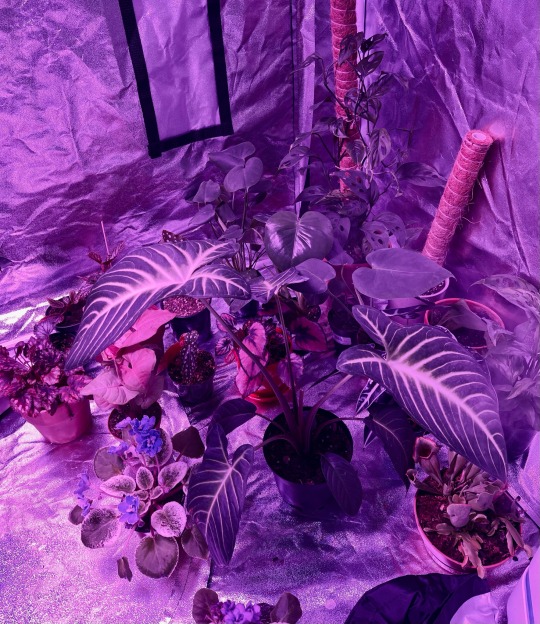
The babes in their new little greenhouse
#houseplants#tropical plants#my plants#MAGNIFICUM XANTHOSOMA LINDENI#monstera adansonii#monstera deliciosa#begonia#african violet
2 notes
·
View notes
Photo

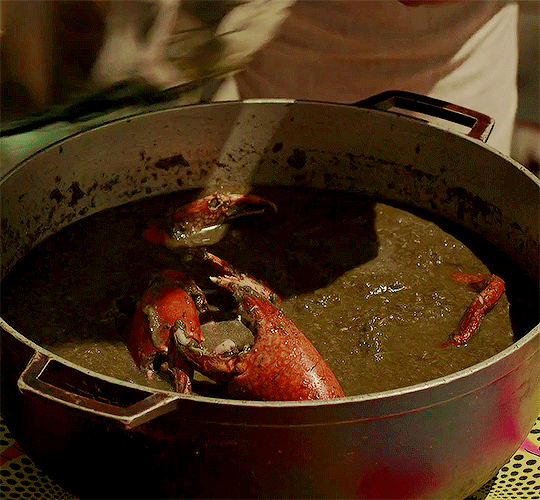

FOOD IN DEATH IN PARADISE [2011 - PRESENT]
Crab Callaloo in 10x02
⤷ Callaloo (sometimes kallaloo, calaloo, calalloo, or callalloo) is a popular Caribbean vegetable dish. There are many variants across the Caribbean, depending on the availability of local vegetables. The main ingredient is an indigenous leaf vegetable, traditionally either amaranth (known by many local names including callaloo), taro leaves (known by many local names, including dasheen bush, callaloo bush, callaloo, or bush) or Xanthosoma leaves (known by many names, including cocoyam & tannia).
#death in paradise#dipedit#foodedit#food in dip#s10#10.02#by kraina#smallscreensource#filmtvcentral#useroli#userriah#userairam#tuserjen#usershreyu#underbetelgeuse#usernums#userhannah#useremi#userrobin#useralison
119 notes
·
View notes
Text













N / Narcissus poeticus
O / Orchidaceae
P / Pinus
Q / Quercus cerris
R / Rosmarinus officinalis
S / Smilax aspera
T / Tagliabuana
U / Ulmus minor
V / Dionaea „Variegated“
W / Salix waldsteiniana
X / Xanthosoma
Y / Yucca
Z / Zingiberaceae
2 notes
·
View notes
Text
A Simple Guide To Different Elephant Ear Plant Types

Elephant ear plants are a great addition to any garden, and they're especially easy to grow at home. Their large leaves make a dramatic statement, and they add a touch of tropical flair to any setting.
Elephant ears are also very versatile; you can use them as a focal point in the garden or as part of a larger landscape design.
Although these tropical plants are known for their large, floppy leaves they come in a variety of sizes and colors. They are a fantastic choice for you if you want to add some colors to their garden.
In this post, we are going to discuss the different types of elephant ears that you can grow in your garden.
What Are Elephant Ears:
Elephant ear plants are a species of tropical plant that is commonly found in the tropical parts of this world. The plant gets its name from its large, floppy leaves,(just like the ears of an elephant!) which can grow up to three feet long and two feet wide.
Elephant ears are fast-growing and can be grown both indoors and outdoors.
Common Elephant Ear Plants Varieties:
Elephant ear plants are a genus of plants in the family Araceae. There are about 70 different species of elephant ear plants. They are found in tropical and subtropical climates.
Elephant ear plants can be annuals or perennials. They come in a variety of shapes and sizes. Some species of elephant ear plants have leaves that are over 3 feet long.
There are 4 main types of elephant ear plants:
- Alocasia,
- Colocasia,
- Caladium, and
- Xanthosoma.
>>> Read the full Article <<<
Read the full article
5 notes
·
View notes
Link
1 note
·
View note
Text
Discover the Art of Cultivating Malanga for Exceptionally Tasty and Healthy Recipes

If you're like most health-conscious foodies, you likely search for meals that are not only delicious but provide nutrition too. Malanga is a lesser-known edible plant that does just that, which is why learning how to grow them in your garden will open up a world of nutrition and flavor for you. With just a bit of effort, you'll have endless access to one of nature's greatest nutrient-rich foods. Let's take a look at what you need to know, so you too can enjoy the delicious and nutritious benefits of malanga!
Learn How To Grow Malanga For Delicious And Nutritious Meals
When it comes to growing your own food, few things are as rewarding as cultivating malanga. This root vegetable, also known as Xanthosoma sagittifolium, not only adds a unique flavor to your meals but also packs a powerful nutritional punch.
Having personally grown malanga in my backyard, I can attest to the joy of harvesting these tubers and transforming them into mouthwatering dishes. From creamy soups to crispy fries, the versatility of malanga knows no bounds.
Malanga is not only delicious but also a nutritional powerhouse. Packed with fiber, vitamins, and minerals, it's a fantastic addition to any diet.
Getting started with growing malanga is easier than you may think. Begin by selecting a sunny spot in your garden with well-drained soil. The ideal temperature for malanga growth ranges between 70°F and 85°F, making it perfect for tropical and subtropical regions.
Obtain malanga corms from a reputable source or fellow gardener. These will serve as the starting point for your malanga journey.
Prepare the soil by loosening it and adding organic matter to improve drainage. Remember, malanga prefers moist but not waterlogged soil.
Plant the corms horizontally, around 4-6 inches deep and 12-18 inches apart. Ensure that the buds or eyes are facing upwards.
Maintain consistent moisture levels throughout the growing period, as malanga thrives in a humid environment. Mulching can help retain moisture and deter weeds.
Harvest your malanga when the leaves turn yellow and wither, typically around 8-12 months after planting. Gently dig around the tubers and lift them from the ground.
After harvesting, the culinary adventures begin. From the classic Cuban dish fufu to baked malanga chips, there's no shortage of ways to savor this root vegetable's unique taste and texture.
To learn more about malanga's incredible benefits and explore a variety of delicious recipes, check out this comprehensive guide.
So why not embark on your own malanga-growing journey? With a little patience and care, you'll soon be reaping the rewards of this remarkable vegetable, adding both flavor and nutrition to your table.
Learn more about gardening with Taim.io!
0 notes
Text
Meet my new baby Xanthippe.
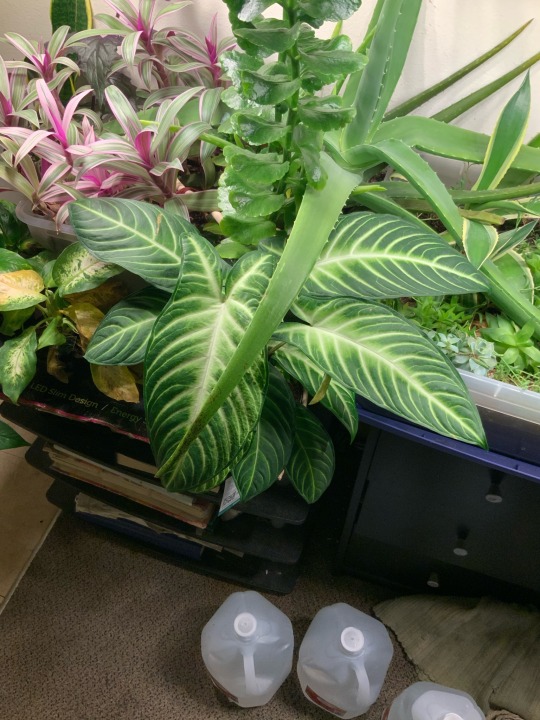
#mine#hobbies#succulents#xanthosoma#elephant ear#my little nursery#ignore the diephenbachia to the left#I was dragging my feet on repotting it and it started throwing a tantrum#but I made sure to prune. repot. and water it right after this was taken. so it’s much happier now
0 notes
Text
The Mysteries of Malanga: A Nutrient-Rich Root Vegetable
Malanga stands out as a nutritional powerhouse among exotic and lesser-known superfoods. For ages, this root vegetable native to the Caribbean and Central America has been a staple in traditional meals. Malanga is gaining popularity as more people seek diversified and nutrient-dense meals due to its multiple health advantages and versatile culinary applications.
Malanga in Context:
Malanga, scientifically known as Xanthosoma sagittifolium, is a member of the Araceae family, also known as the "aroid" family. Malanga is frequently confused with taro due to their similar look, although it has a different flavour and nutritional profile.
Malanga Health Benefits:
Nutrient-dense: Malanga is high in critical nutrients such as dietary fibre, vitamins, and minerals. It is high in vitamin C, vitamin B6, potassium, magnesium, and folate, all of which contribute to overall health and well-being.
Dietary Fibre for Digestive Health: Malanga's high fibre content promotes regular bowel movements, prevents constipation, and promotes a healthy gut microbiota.
Heart Health: The potassium concentration of malanga aids in blood pressure regulation and reduces the risk of cardiovascular disease. Potassium is a vasodilator, meaning it relaxes blood vessels and improves blood flow.
Boosts Immune Function: Due to its high vitamin C concentration, malanga plays an important function in immune system support. Vitamin C is an antioxidant that aids in the body's natural defense processes by protecting cells from harm.
Malanga is a complex carbohydrate that provides a consistent supply of energy. This makes it a good choice for long-term energy levels, making it ideal for athletes and those who lead active lives.
Malanga's Culinary Applications:
Cooking Flexibility Malanga can be prepared in a variety of ways, bringing a distinctive flavour to traditional meals. It has a lovely nutty flavour and creamy texture and can be boiled, mashed, fried, or used in stews and soups.
Malanga flour is a gluten-free alternative that can be used in baking and cooking. It's a good healthy option for typical wheat flour in recipes.
Malanga Chips & Fries: Malanga slices create tasty and healthy chips or fries. They provide a delicious crunch whether baked or fried and are a healthier alternative to classic potato nibbles.
Thickener for Soups and Stews: Malanga's starchy nature makes it an excellent thickening agent for soups and stews. Its flavor improves the overall flavor of the dish
Incorporating malanga into your diet is a great way to diversify your diet and enjoy the many health benefits it provides. Whether you want to support your digestive health, strengthen your immune system, or just want to add a delicious element to your recipes, malanga is a root vegetable worth exploring. Enjoy the diversity and nutritional richness of Malanga with Farzana Vegetables Wholesale in the UAE cuisine on a fun journey into the world of exotic and beneficial food.
#Vegetables Wholesale in the UAE#Fruits & veggies Distributor in Dubai#Fruits & vegetables Importer in UAE#Fruits & vegetables Exporter in UAE#Re-export fruits & vegetables from UAE#fruits & vegetables supplier in the uae
0 notes
Photo
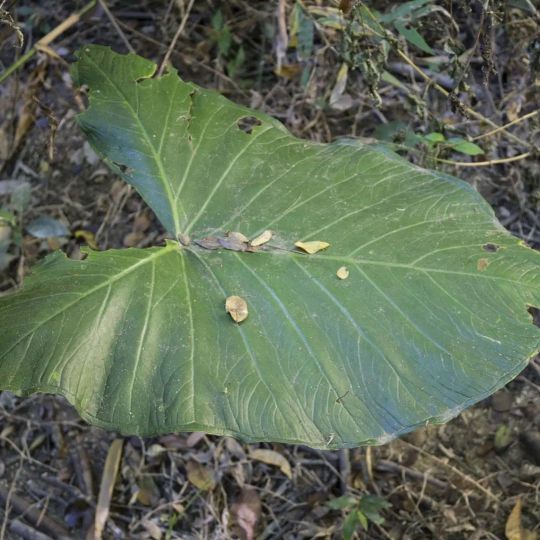
Taioba - Xanthosoma sagittifolium A taioba é muita apreciada na cozinha típica de Goiás. As pesquisas já comprovaram que a folha tem mais vitamina A do que a cenoura, o brócolis ou o espinafre. Por ser rica em vitamina A e amido, é um alimento fundamental para as crianças, idosos, atletas, grávidas e mulheres que amamentam. Em sua composição, encontramos cálcio, fósforo, ferro, proteínas e uma grande quantidade de vitaminas: vitamina A, vitaminas B1, B2 e C. Tanto o talo quanto as folhas apresentam os mesmos elementos, apenas em proporções diferentes. Nas folhas, encontramos mais ferro e mais vitamina A. #matadobatalhao #bomdespacho #cerradomineiro #cerrado #cerradobomdespacho (em Parque Natural Municipal Mata do Batalhão) https://www.instagram.com/p/Cpr6lhkuEtm/?igshid=NGJjMDIxMWI=
0 notes
Text
Learning the hard way why certain species in the passiflora genus are not cultivated where I live. I am always lamenting about my fruit maybe I should maybe start tagging it to find later, I’m usually passiflora posting but I guess sometimes I have a lot to say about citrus because I have like 6 of those, pineapples, acerola, peppers, other shit, ornamentals too, idk how many different aroids i have between the philodendrons, scindapsus, xanthosoma, dieffenbachia, musa, alocasias and whatever genus is slipping my mind rn. I wanna get into Hoyas I have a few all the same species just clones grown out massive. I love those parasitic plants they are my fav so shout out to orchids u nasty bitch!
0 notes
Text
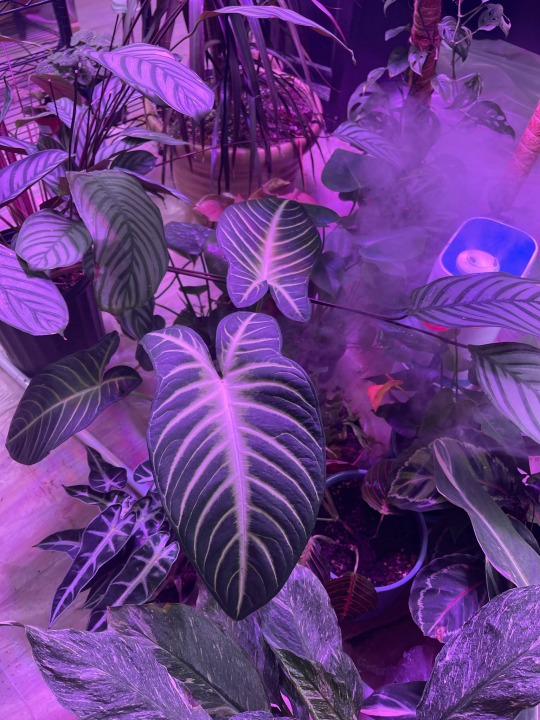
MAGNIFICUM XANTHOSOMA LINDENI
Caladium Lindenii
literally the most beautiful thing I own. Front and center.
1 note
·
View note
Photo

Xanthosoma
#Piante da Appartamento#Piante da Ombra e Penombra#Piante facili da coltivare#Piante in Vaso#Piante Ornamentali#Bulbose#Perenni
1 note
·
View note
Photo
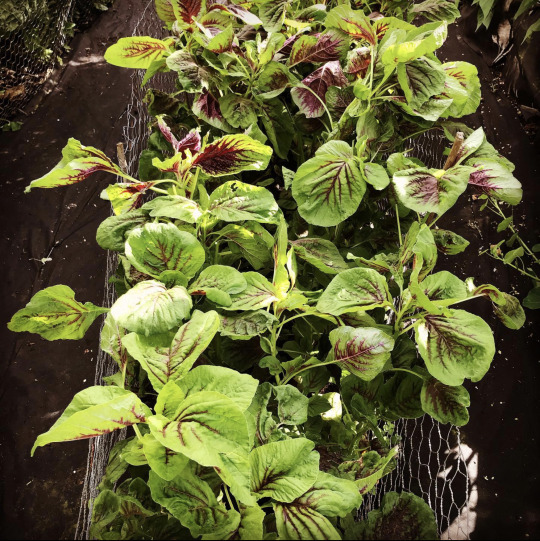
Meet the colourful Callaloo plant (Amaranthus tricolor).
This plant is a fine example of why scientific names are helpful when trying to find out a plant’s real identify. The culinary term “callaloo” is used throughout the Caribbean to describe a wide range of cultivated and foraged leafy greens. This plant is marketed as West Indian Callaloo in the UK and it is a type of amaranth, whereas other “Callaloos” may be types of taro (Colocasia esculenta) or Xanthosoma sp., which are actually related to the popular houseplants Alocasias and Arums. The amaranth Callaloo thrives in the UK during the summer, so this is the type to grow if you’d like to try a new leafy green.
#katia plant scientist#callaloo#amaranth#amaranthus#amaranthus tricolor#Leafy Greens#west indian#caribbean food#latin names#botany#botanical#unusual#exotic veg#salad greens#leaves#red and green#grow your own food
1 note
·
View note
